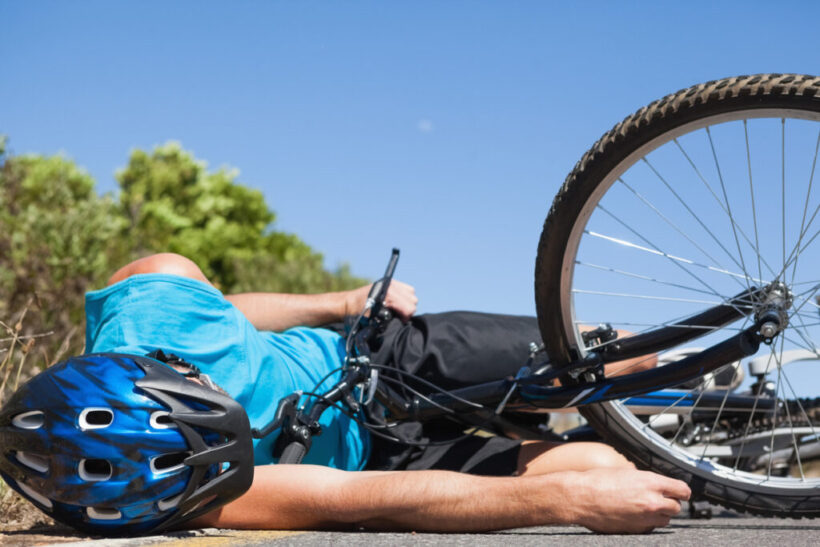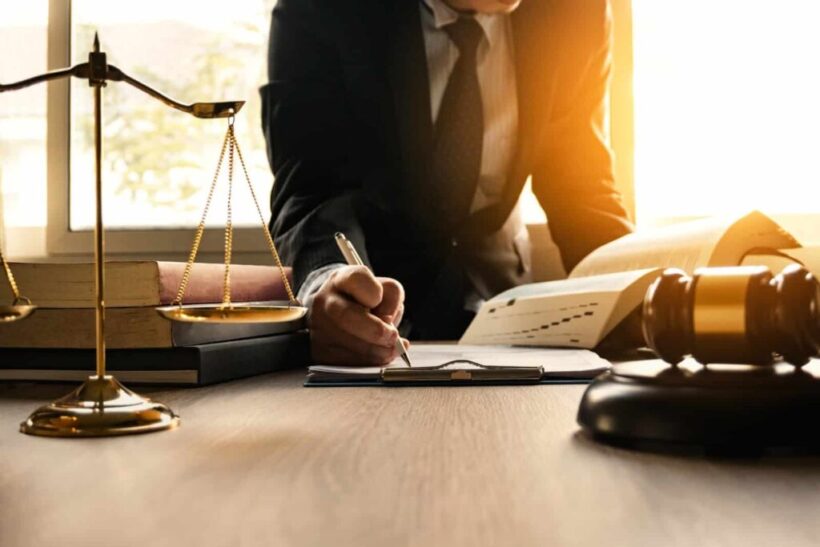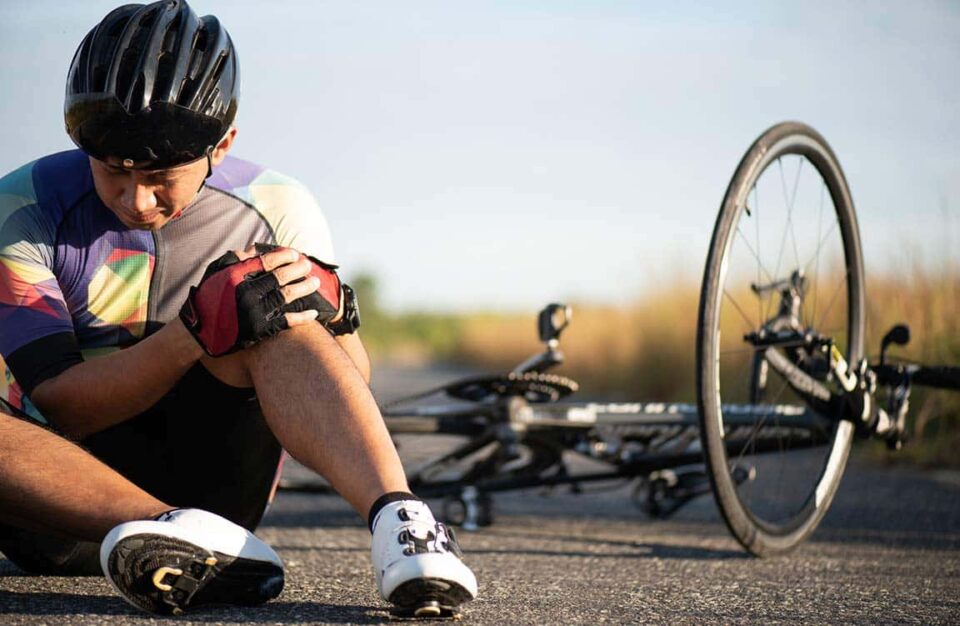Riding a bike is a fun and eco-friendly way to navigate daily life and maintain good health in Washington, DC. The nation’s capital has seen a significant increase in cycling, with the DC Department of Transportation reporting over 4,500 Capital Bikeshare trips daily and an expanding network of protected bike lanes throughout the city.
However, despite infrastructure improvements, bicycle accidents remain a serious concern, with hundreds of cyclists injured annually in collisions with vehicles on busy streets like Connecticut Avenue, K Street, and Massachusetts Avenue.
When an accident occurs, knowing where to turn for help can make all the difference in your recovery and legal outcome. Having a knowledgeable DC bicycle accident lawyer by your side can help you navigate complex legal processes and secure the compensation you deserve. This guide will help you understand your options and take the right steps toward justice and recovery.
Types of Injuries and Taking Actions Accordingly

Cycling accidents can result in anything from superficial cuts to life-altering trauma. While some riders walk away with just a few scrapes, others face serious health challenges, especially in accidents involving larger vehicles like cars or trucks.
In severe cases, cyclists may suffer:
- Broken bones that require surgical intervention
- Traumatic brain injuries (TBI), even when wearing a helmet
- Spinal cord injuries, sometimes leading to long-term mobility issues
- Internal bleeding or organ damage, especially in high-impact crashes
The first priority in any accident is always to get immediate medical attention, even if the injuries don’t seem serious at first. Some conditions, like concussions or internal trauma, might not show symptoms immediately. After medical needs are stabilized, it’s important to start documenting the injury and treatment, as this information becomes crucial in a legal claim.
Identifying the type of injury also influences legal strategy. A minor injury might be resolved through direct insurance negotiation, while catastrophic injuries usually involve litigation or more aggressive settlement negotiation.
Navigating Insurance Claims
Dealing with insurance companies after a bicycle accident is rarely straightforward. Most cyclists face one or more of the following challenges:
- Delayed communication from adjusters
- Underestimated repair costs or medical compensation
- Attempts to shift blame to avoid paying claims
- Policy exclusions that the insured may not be aware of
This is where having legal counsel becomes invaluable. Attorneys understand how to frame a claim in a way that insurance companies can’t easily dismiss. They counter tactics used to minimize payouts and ensure that your expenses, medical, property, and emotional, are fully considered.
Also, reviewing your insurance policy is key. Some cyclists carry personal injury protection, uninsured motorist coverage, or even umbrella policies that might apply in unexpected ways. A lawyer can help interpret these details so you don’t leave money on the table.
Legal Rights and Responsibilities

Cyclists are often treated like second-class citizens on the road, but that’s not how the law sees it. Legally, cyclists have the same rights to occupy traffic lanes as cars in most areas. Unfortunately, many drivers (and even some police officers) aren’t fully aware of this.
Understanding these rights makes a huge difference after an accident. For example:
- If a driver claims a cyclist “shouldn’t have been on the road,” that doesn’t hold up if local law supports road-sharing.
- If a bike lane is blocked and the cyclist merges into traffic, they are often legally allowed to do so.
- If a door is opened suddenly in a bike lane and a cyclist hits it (a “dooring” accident), liability typically falls on the vehicle occupant.
Cyclists also have responsibilities, obeying traffic signals, using hand signals, and having proper lighting at night. Knowing both your rights and duties helps avoid disputes and strengthens your position when filing a claim.
Legal action after a violation isn’t just about compensation, it’s a way to enforce those rights and prevent future harm to others.
Choosing the Right Legal Representation
Choosing the right legal representation isn’t just about hiring someone who “knows the law”; it’s about finding someone who knows how to work with your specific case type and circumstances.
Start by checking the following:
- Case history ─ Does the lawyer have experience with bicycle accidents, not just generic personal injury?
- Client reviews ─ Testimonials can offer insight into how attorneys handle real-world situations.
- Initial consultation experience ─ This meeting should feel like a dialogue, not a pitch. You want a lawyer who listens as much as they talk.
- Availability ─ Will the attorney be accessible if you have questions? Some firms assign you to junior associates or paralegals after you sign.
- Fee structure ─ Many work on contingency, but make sure you understand what percentage they take and whether expenses are included or separate.
Trust and comfort matter. This person will be your partner in a high-stress process, so choose someone who makes you feel supported and informed.
The Role of Mediation and Settlement

To avoid lengthy court trials, many people choose mediation and out-of-court settlements. In mediation, a neutral third party works with both sides to reach an agreeable solution. Mediation and negotiations often result in quicker resolutions. However, accepting a settlement requires careful consideration. To avoid accepting an inadequate amount that doesn’t fully cover damages, clients should consult with their attorney. Legal professionals ensure that all interests and needs are adequately addressed in any settlement agreement.
Understanding Court Proceedings
When all else fails, negotiations stall, and the insurance company refuses to be fair, the only option left may be to go to court. That can feel intimidating, but with the right preparation and representation, it doesn’t have to be overwhelming.
Here’s a general timeline of how court proceedings work in a bicycle accident case:
- Filing the complaint ─ Your attorney officially submits a claim against the responsible party.
- Discovery ─ Both sides gather and exchange evidence, including medical records, witness statements, and expert reports.
- Pre-trial motions ─ Attorneys may request rulings on certain legal issues to shape how the trial unfolds.
- Trial: If no settlement is reached, the case goes before a judge or jury. Witnesses are called, evidence is presented, and arguments are made.
- Verdict and judgment ─ The court decides if the defendant is liable and, if so, how much they must pay.
Going to trial may seem stressful, but it’s sometimes the only path to justice, especially if the injuries were serious and the other party refuses to accept responsibility. With a skilled lawyer, you’ll know what to expect at each step and won’t have to go it alone.

Conclusion
Navigating the aftermath of a bicycle accident involves complex challenges. Legal support plays an essential role in ensuring victims receive the compensation they deserve. By understanding rights, documenting incidents, and choosing appropriate legal representation, individuals empower themselves to pursue justice.
Seeking both legal guidance and emotional support aids in complete recovery. Prioritizing legal and personal well-being creates a foundation for moving forward after an accident, ultimately building resilience and promoting safer roads for all cyclists.

